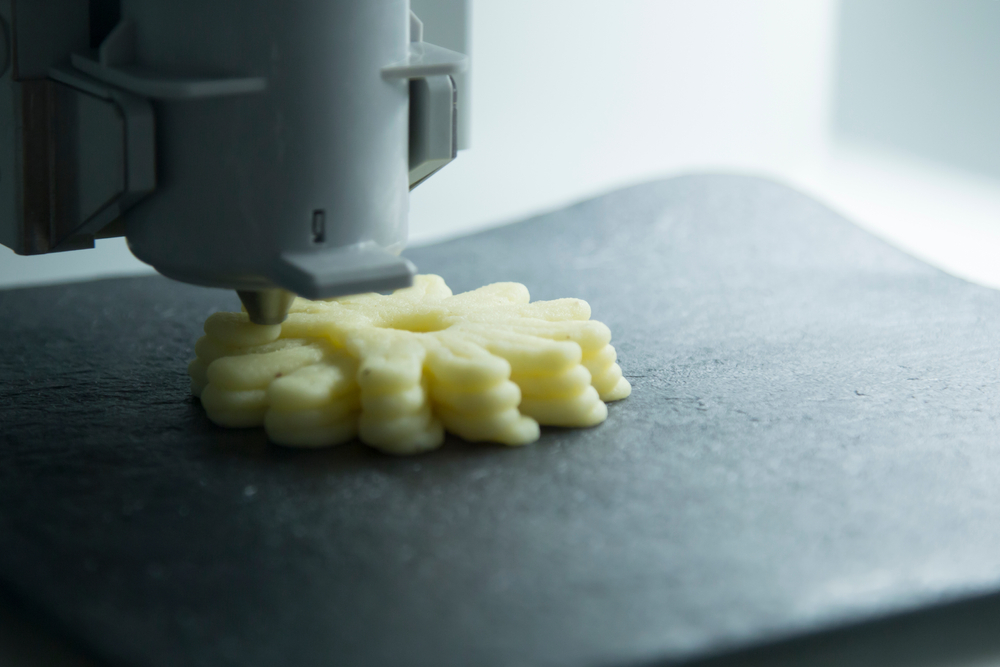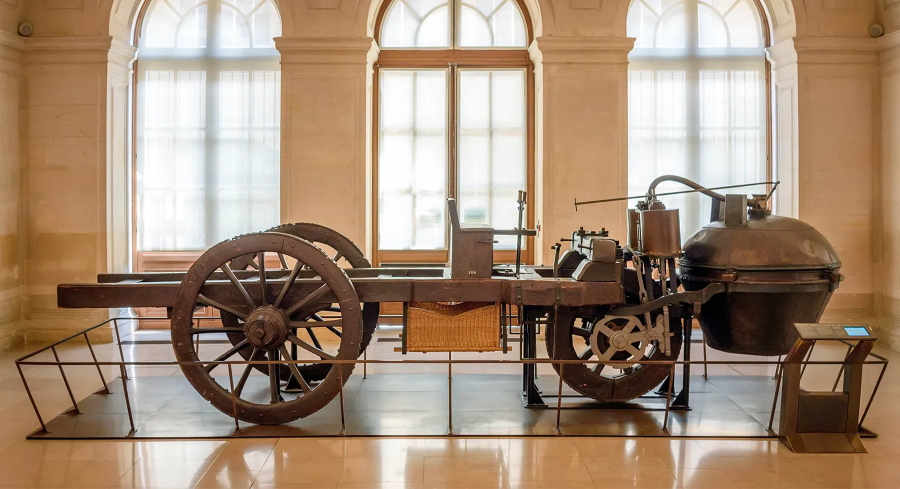Malaysia and Food Security Challenges
Malaysia, like many other countries, may face food security problems in the future. The country relies a lot on imported food, which can cause trouble if the supply chain is interrupted. This overdependence could make it harder to ensure there is enough food for everyone. At the same time, people are becoming more concerned about the quality of food available, as unhealthy diets can lead to serious health problems.
To solve these issues, it is important to create food products that meet people’s needs. This goal can be achieved by using new technologies in food production and processing. With innovation, Malaysia can produce safer, healthier, and more sustainable food for its people.
Revolution of Utensils
In most kitchens, people use common tools such as stoves, ovens, grills, blenders, mixers, and pots and pans. These are found in homes all around the world. However, cooking is about to change with the arrival of food 3D printers. This new appliance could become the next big thing in the kitchen. It has the potential to transform the cooking industry and redefine how we think about food.
Imagine a machine that can prepare meals on its own by using the right mix of ingredients for each person. Even the smallest details—like taste, nutrition, and texture—can be adjusted to match personal preferences.
3D Printing Concepts
3D printing is a technology that builds three-dimensional objects layer by layer. In simple terms, it works like LEGO: each layer is added on top of another to create a complete structure. This easy-to-understand idea has attracted attention from many industries, including aerospace, medicine, dentistry, automotive, robotics, and education.
During the pandemic, 3D printing played a key role in producing emergency items such as face masks, face shields, ventilator parts, swabs, and even metal filters for respiratory devices. These abilities show how 3D printing can spark innovation in many other fields as well.
3D Printing Scrumptious Delicacies
Imagine enjoying food made by a machine that builds edible creations layer by layer with perfect precision. The food industry is now exploring 3D printing to create futuristic dishes and recipes that were once impossible. This technology gives chefs, nutritionists, and food lovers new ways to experiment and design meals tailored to taste and nutrition.
With 3D food printers, these unique dishes can be made not only in high-end restaurants but also in the comfort of your own home. This innovation could change how we think about cooking and dining, transforming the traditional fine dining experience into something entirely new.
Diet/Patient-Specific 3D Printed Nutritious Meals
Modern food 3D printing has a major advantage—it can customise meals to match a person’s needs, diet, and preferences. Using this technology, ingredients can be placed precisely in different parts of the food to create the right balance of taste, nutrition, and texture. This process allows meals to be shaped and flavoured in unique ways while meeting specific dietary requirements.
Because of this flexibility, 3D food printing can be used not only in restaurants but also in hospitals. It can help prepare meals designed specially for patients, ensuring they get the right nutrients in the right form for their health and recovery.
Food Security Issues
As global concern about food security continues to rise, food 3D printers offer a potential solution. This technology helps use food resources more efficiently by printing meals in exact portions, ensuring that ingredients are measured accurately. This reduces overconsumption and minimises food waste during preparation.
Food 3D printing also supports local production, which helps lower carbon emissions from transportation. Producing food locally not only benefits the environment but also strengthens the local economy and reduces dependence on imported goods.
Moreover, 3D printing opens the door to experimenting with a wider range of ingredients. Local produce such as durian, rambutan, and cempedak can be used to create new and nutritious products with exciting flavours.
Multi-Ingredient Innovations
Food 3D printing has advanced greatly in how it uses materials. In its early stages, common ingredients included chocolate, cookie dough, and cheese. These ingredients were chosen because they melt easily into a liquid form and then harden quickly after cooling, making them ideal for printing.
Today, the field has moved far beyond that. New ingredients such as cultured meat, which is grown from animal cells, and plant-based meat made from peas or soybeans, are being used. These innovative materials mark a new era of sustainable food production and help reduce environmental problems like carbon emissions.
In Malaysia, local ingredients can play a major role in this progress. Using home-grown vegetables to make plant-based meats could create unique, tasty, and eco-friendly 3D-printed dishes that reflect local flavours.
Malaysia Up to the Challenge
The world of food innovation is still growing, and 3D food printing stands at the front of this exciting change. As Malaysia looks toward the future, adopting this technology is important to meet the rising demand for food and ensure a steady supply.
By using 3D printing, Malaysia can boost the productivity, efficiency, and sustainability of its food industry. This technology can help the country make better use of local ingredients, reduce waste, and rely less on imported goods. In the long run, it can strengthen Malaysia’s position in the global food market and support a healthier, more sustainable future.
The big question is: Is Malaysia ready to take on the challenge?





